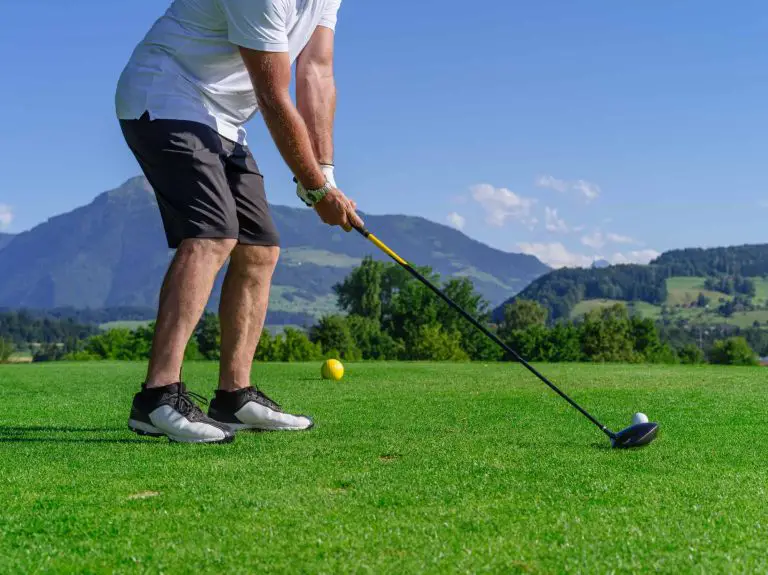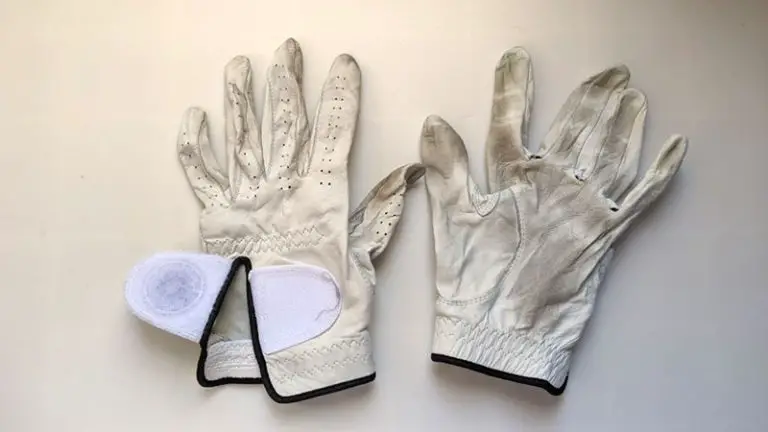Which Golf Ball Goes The Farthest

When it comes to playing golf, distance is a key aspect that captures every golfer’s attention. Hitting the ball long off the tee or achieving remarkable distance with irons is a goal for many players. However, finding the golf ball that goes the farthest can be a challenging task. The search for the ultimate golf ball that provides maximum distance is a quest pursued by golfers of all skill levels.
In this comprehensive guide, we will explore the topic of which golf ball goes the farthest. We will dive into the various factors that influence golf ball distance, including construction, dimple design, compression, and core material. By understanding these factors, you can make an informed decision and choose a golf ball that optimizes your distance off the tee and throughout the course.
Distance plays a crucial role in the game of golf, affecting shot selection, club choice, and overall strategy. Whether you’re a beginner or a seasoned golfer, finding the right golf ball that maximizes distance can greatly enhance your performance on the course. So, let’s embark on this journey to unravel the secrets behind golf ball distance and discover the key factors that contribute to hitting the ball farther than ever before.

Understanding Factors Affecting Golf Ball Distance
Before delving into the specifics, it’s important to understand the key factors that influence how far a golf ball can travel. Several attributes come into play, such as ball construction, dimple design, compression, and core material. Additionally, factors like swing speed, launch angle, and spin also contribute to the overall distance achieved. By comprehending these factors, you can gain insights into how to optimize your golf ball selection for maximum distance.
Golf Ball Construction and Distance
The construction of a golf ball plays a significant role in determining its distance performance. Golf balls are typically categorized into two-piece, three-piece, and multi-layer constructions. Each construction type offers its own set of advantages and trade-offs in relation to distance. Let’s dive into each construction type and explore how they impact distance.
Dimple Design and Distance Performance
The dimple design of a golf ball is another crucial factor that affects distance. Dimples create turbulence in the airflow around the ball, reducing drag and increasing lift. Different dimple patterns and arrangements can significantly influence aerodynamics and ultimately impact the distance achieved. We’ll take a closer look at popular dimple designs and their effects on distance performance.
Compression and Distance Relationship
Golf ball compression refers to the ball’s ability to deform upon impact with the clubface. Compression plays a critical role in optimizing distance, as it affects the transfer of energy from the clubhead to the ball. Understanding the relationship between compression and swing speed is vital in selecting a golf ball that maximizes distance for your swing characteristics.
Core Material and Distance Performance
The core material of a golf ball contributes to its overall performance, including distance. Different core materials, such as rubber, resin, and polybutadiene, affect factors like ball speed and energy transfer. By examining the impact of core materials on distance, you can make an informed decision based on your playing style and preferences.
Micro-Semantic Contexts:
- Golf Ball Spin and Distance ControlSpin is a critical aspect of golf ball performance, impacting both distance and control. We will explore the relationship between spin and distance and discuss how selecting the right golf ball can help you achieve optimal distance while maintaining control over your shots.
- Swing Speed and Distance OptimizationYour swing speed plays a significant role in determining the ideal golf ball for maximum distance. We will delve into the relationship between swing speed, ball compression, and distance optimization. Additionally, we will provide tips for maximizing distance based on your individual swing characteristics.
- Wind Conditions and Distance ConsiderationsWind conditions can have a substantial impact on golf ball distance. We will discuss techniques and strategies for adjusting your ball flight in different wind conditions to optimize distance. Furthermore, we will provide insights into selecting golf balls that perform well in windy environments.
- Equipment Considerations for Maximizing DistanceBeyond the golf ball itself, club selection and fitting also play a role in maximizing distance. We will examine the relationship between clubhead speed, launch angle, and ball distance. Additionally, we will offer tips on selecting the right combination of golf ball and clubs to optimize distance performance.
Conclusion
Choosing the right golf ball for maximum distance requires an understanding of the factors that influence distance performance. By considering factors such as ball construction, dimple design, compression, and core material, you can make an informed decision that aligns with your playing style and preferences. Remember to also consider your swing speed, wind conditions, and equipment when selecting a golf ball that goes the farthest. With the right golf ball in hand, you can unleash impressive distance off the tee and elevate your game to new heights.





